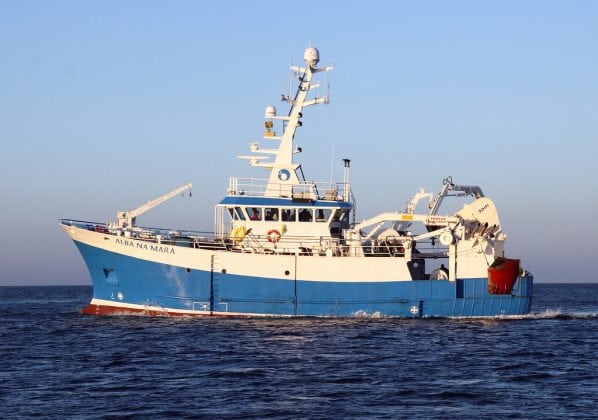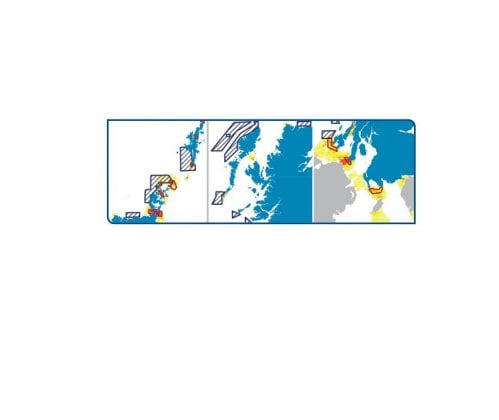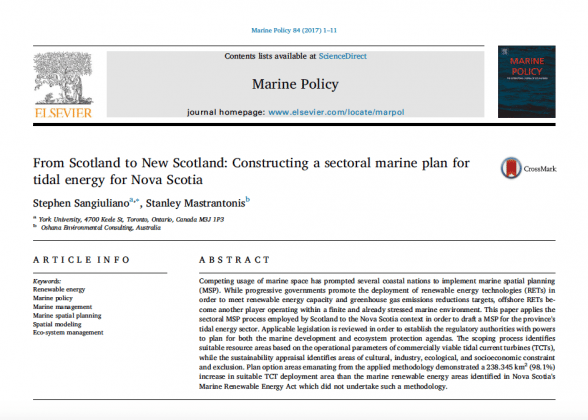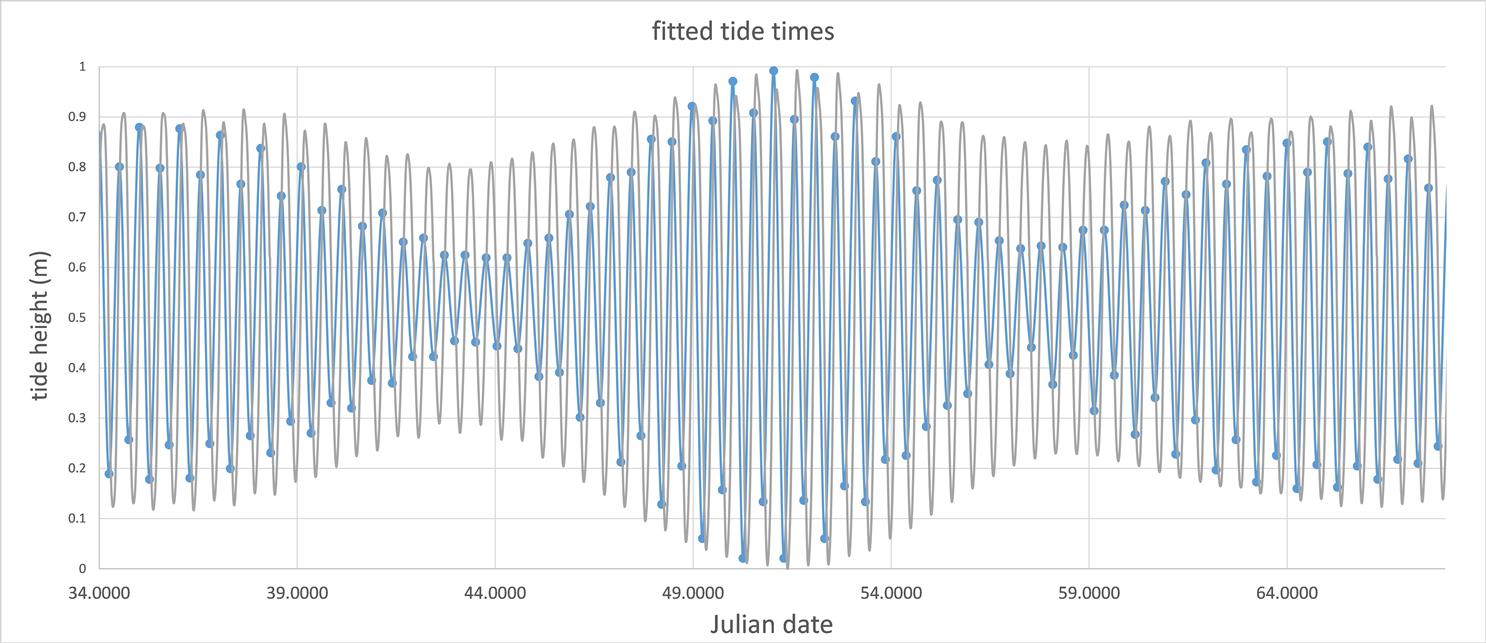Marine
-
Where are the seals around the UK?
21st December 2017 by Marine Scotland Communications
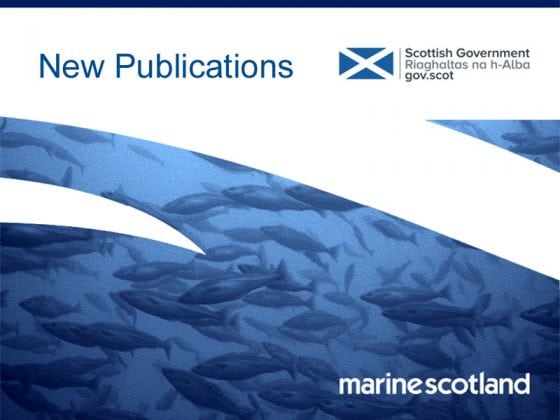
Today, Marine Scotland published a new report in the Scottish Marine and Freshwater Science series on research commissioned from the Sea Mammal Research Unit (SMRU) to produce updated maps of grey and harbour seal distribution in UK waters. Using a combination of telemetry data from seal tags between 1991 and 2016, and haul out counts of...
-
The power of MRSea
4th December 2017 by Marine Scotland Communications

Renewable energy from offshore wind, wave and tidal stream developments is a key component of the Scottish Governments’ ambitions for creating a low carbon economy that contributes to action on climate change. However, concern exists over the potential for such marine developments to negatively impact seabirds, marine mammals, and other protected species or habitats. A...
-
Understanding how seals use the water column in tidally energetic areas
30th November 2017 by Marine Scotland Communications

As the tidal renewable industry continues to grow, increasing our understanding of the way that marine mammals use tidally energetic areas is of particular importance. This is a particular issue as there is increasing evidence that tidal energetic areas can be important foraging areas for marine mammals, therefore understanding how marine mammals use the water...
-
Collecting PAM’s things
20th November 2017 by Marine Scotland Communications

Duration: 18-27 November 2017 Gear: Surface and subsurface PAM moorings Objectives: To retrieve a series of moorings comprising dhan buoys (eight surface marked moorings) or acoustic release systems (22 subsurface moorings) and the acoustic recording devices attached to them (30 C-POD and 10 SM2M/SM3M) as part of the east coast marine mammal monitoring programme (see...
-
Maximising the benefits of future large scale tidal and wave energy developments
3rd November 2017 by Marine Scotland Communications

Marine renewable energy is an important component of the Scottish Government’s vision for the future and will help the government reach its climate change objectives. In response to this, a three-year project, EcoWatt2050, was created to investigate how we can ensure that the benefits of future large scale tidal and wave energy developments can be...
-
Scottish Plans inspire Canada
6th September 2017 by Marine Scotland Communications

Scotland is well placed to take a global lead in the exploitation of marine renewable energy, boasting a substantial resource potential estimated at 25% of Europe’s tidal resource, 25% of its offshore wind resource and 10% of its wave potential. In order to sustainably develop the offshore marine renewable energy industry in Scottish waters, Marine...
-
A Very Fortunate Find
23rd December 2016 by Marine Directorate Communications
Recently, as part of the East Coast Marine Mammal Acoustic Study (ECOMMAS), some colleagues were out on the research vessel Alba na Mara to retrieve acoustic detectors; devices deployed and retrieved which help to build a picture of dolphin and porpoise population distribution. During the trip they searched for one particular mooring, approximately 5 km...
-
Refining Estimates of Collision Risk for Harbour Seals and Tidal Turbines
15th November 2016 by Marine Scotland Communications

As the offshore marine renewables industry grows, understanding the way that marine mammals, interact with these are of particular importance. This is especially true of tidal devices, and one particular concern is the risk of collision between marine wildlife and rotating turbine blades below the sea surface. This is a particular issue for harbour seals...
-
MeyGen Inauguration Ceremony
31st October 2016 by Marine Scotland Communications

The extensive area of very strong tidal currents in the Pentland Firth between Orkney and the Scottish mainland has meant there has been a lot of interest in developing tidal stream generation in that area, and several large developments are envisaged. The most advanced is MeyGen project in the Inner Sound, between Stroma and the mainland. The projects is...
-
Funding available for offshore renewable environmental research and monitoring
9th August 2016 by Marine Scotland Communications
As part of a €40 million grant awarded by the EU to the European Offshore Wind Deployment Centre (EOWDC), also known as Aberdeen Offshore Wind Farm Limited (AOWFL) under the European Energy Programme for Recovery (EEPR), around €3 million has been committed for the sole purpose of environmental research and monitoring. A number of organisations, including Marine Scotland Science, will...

